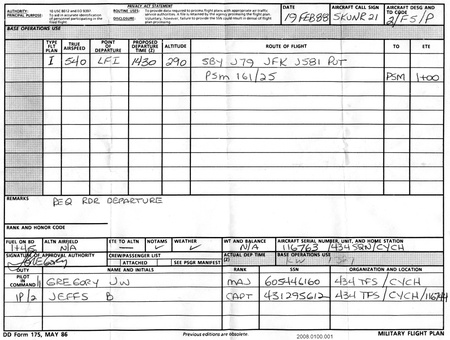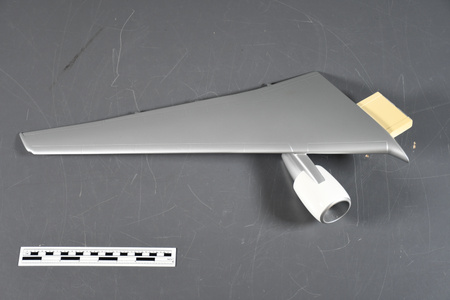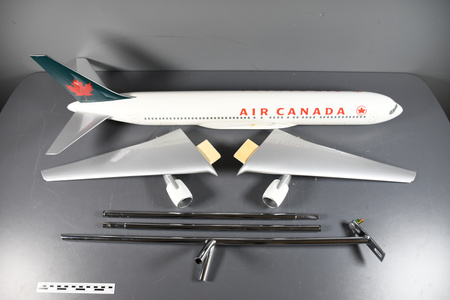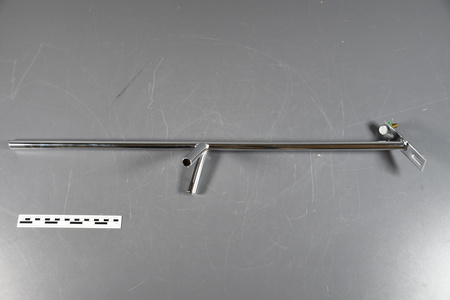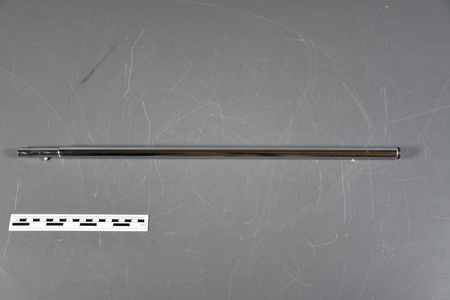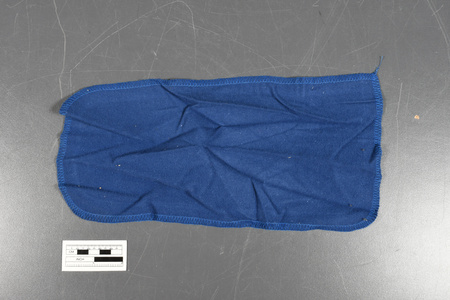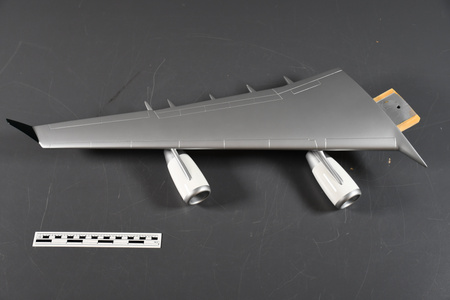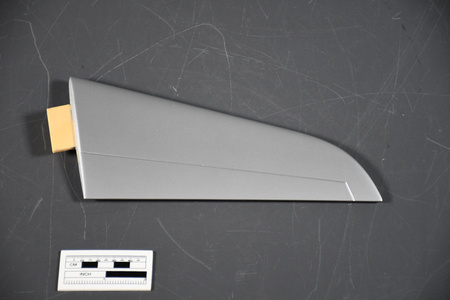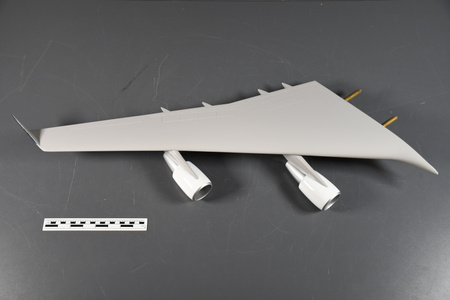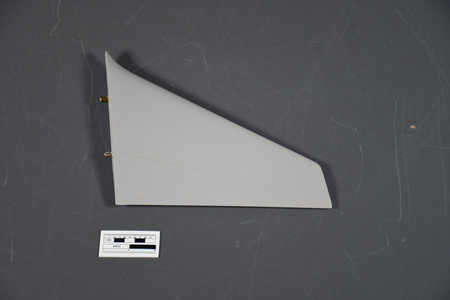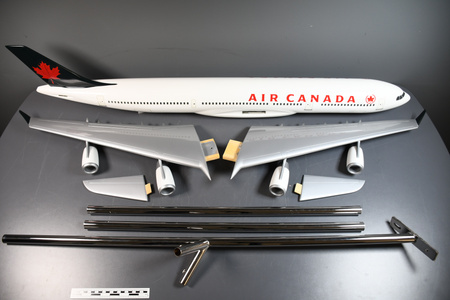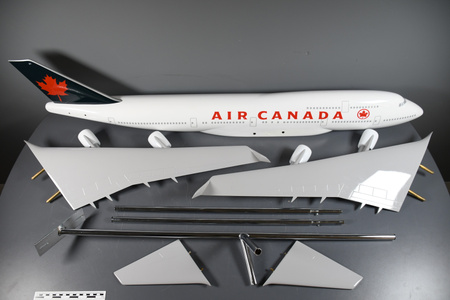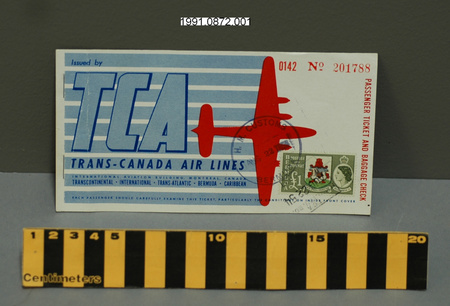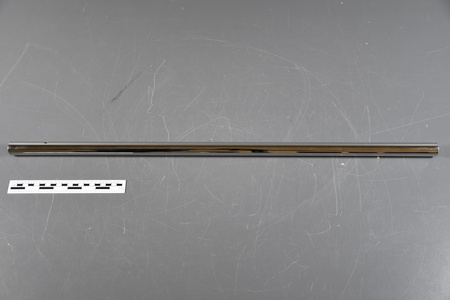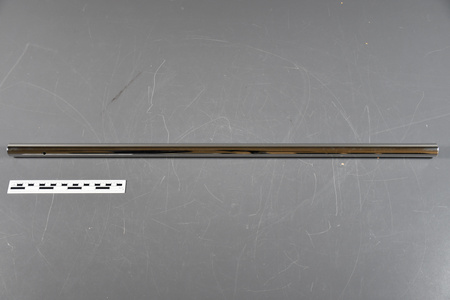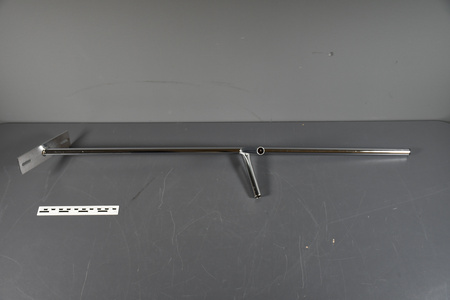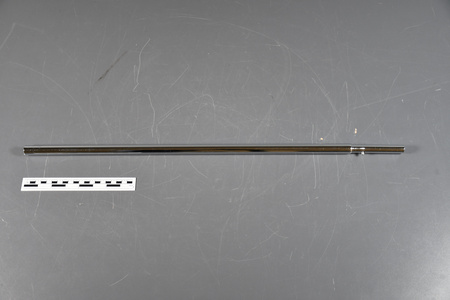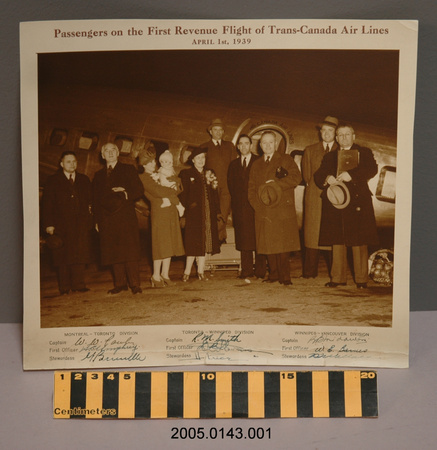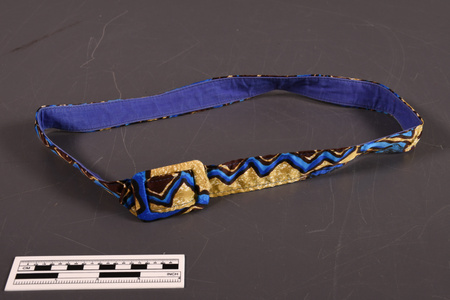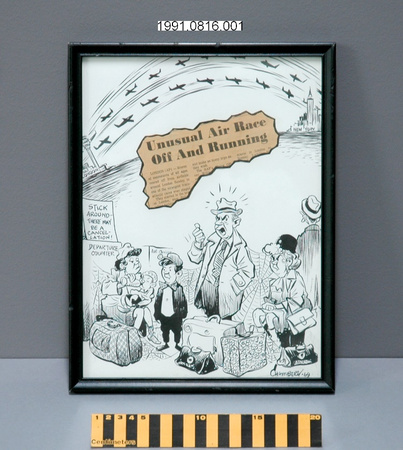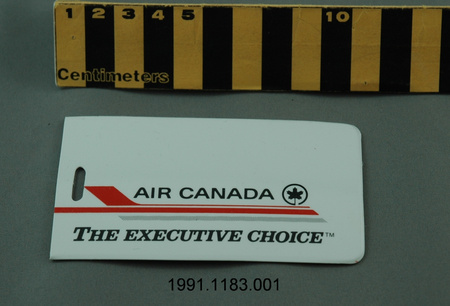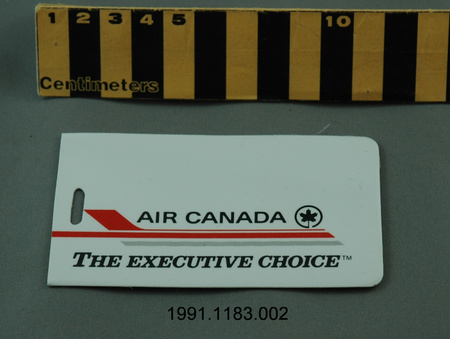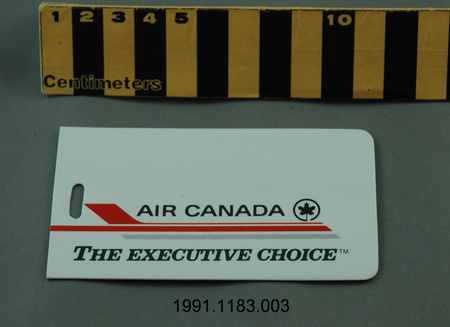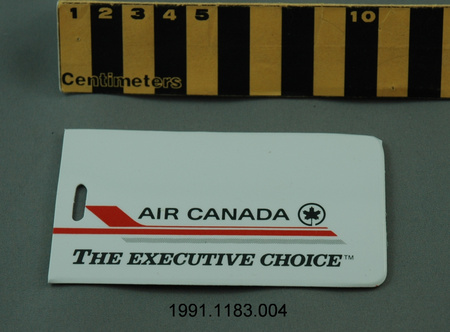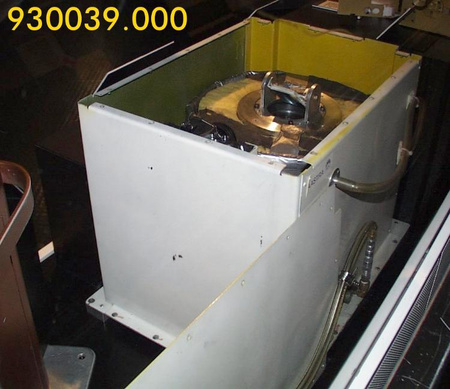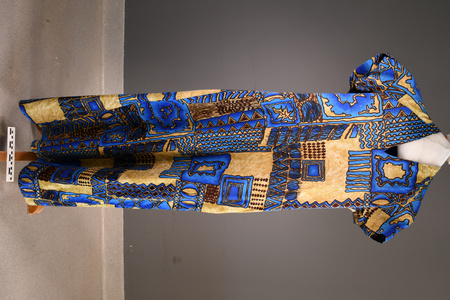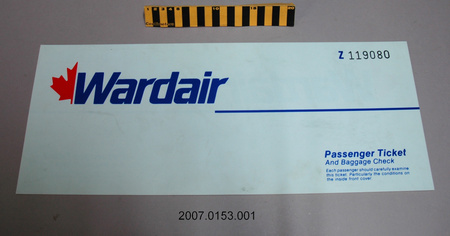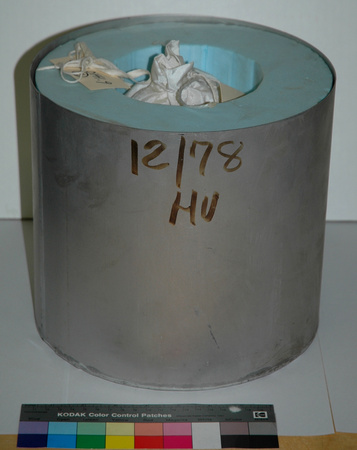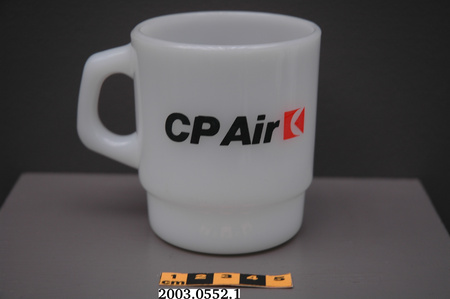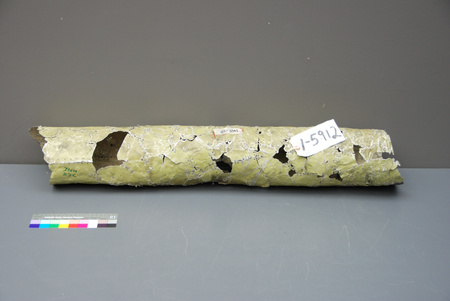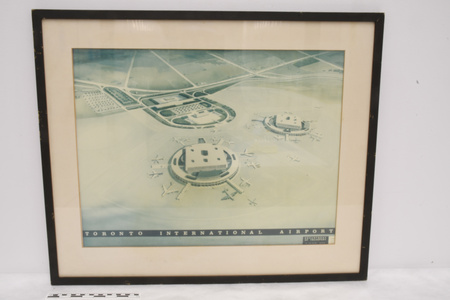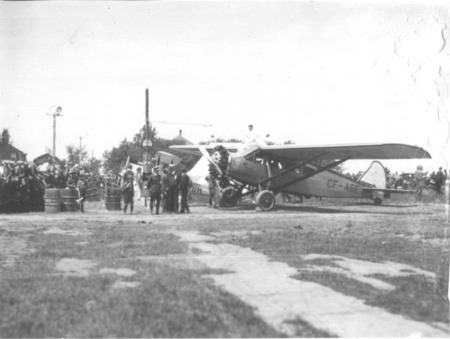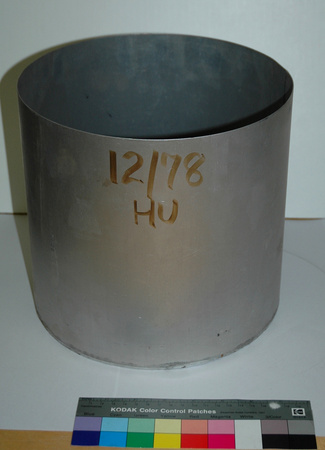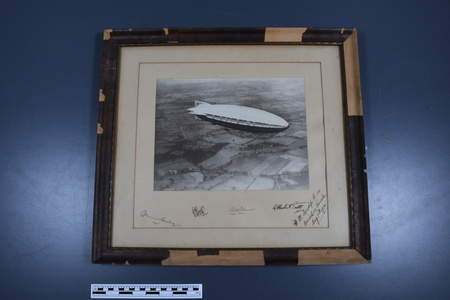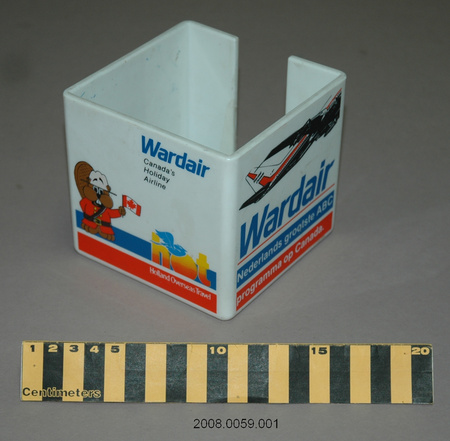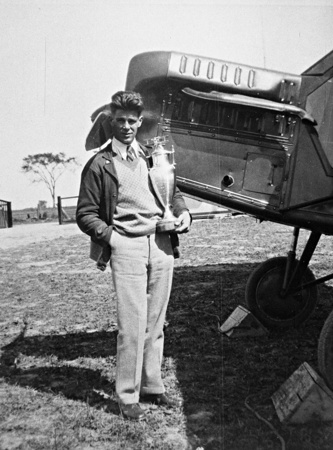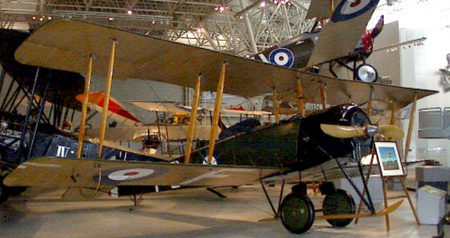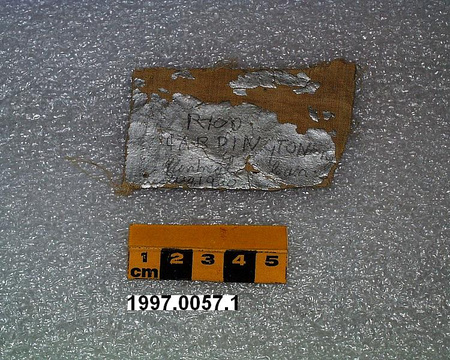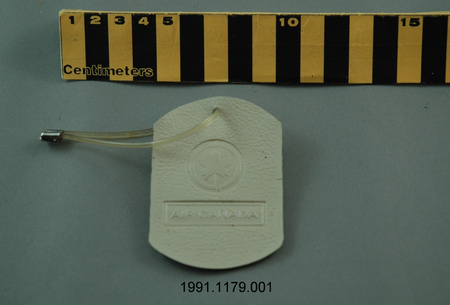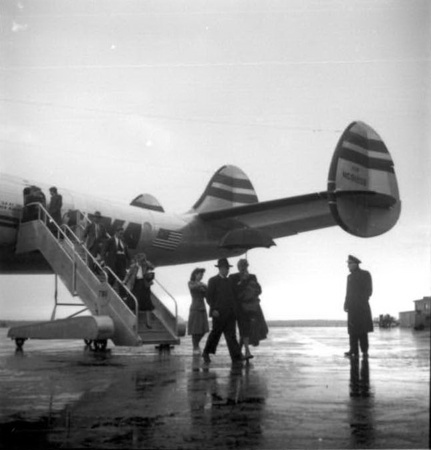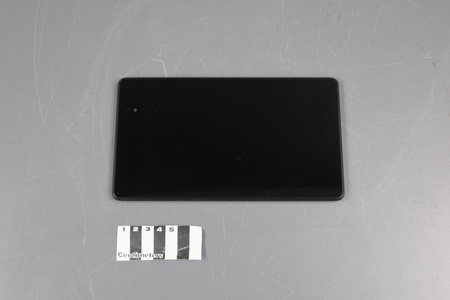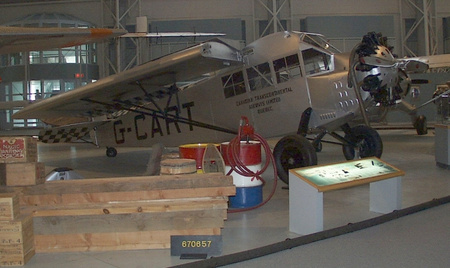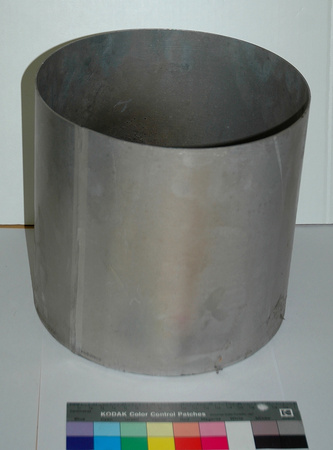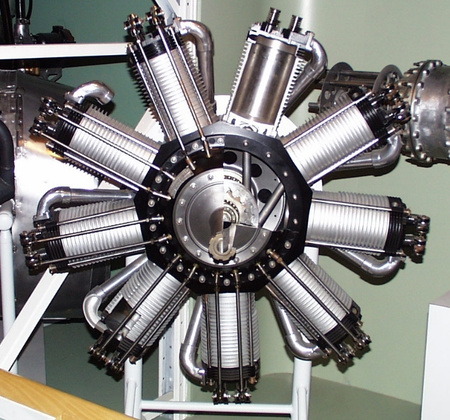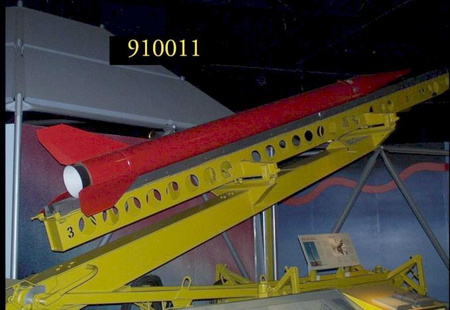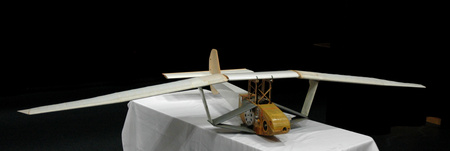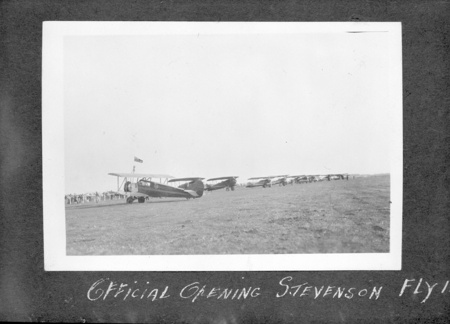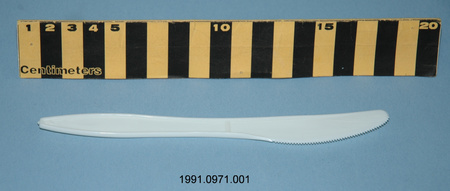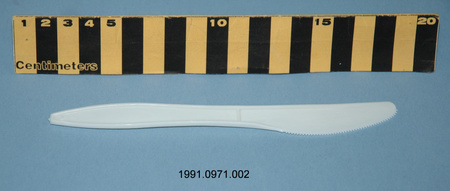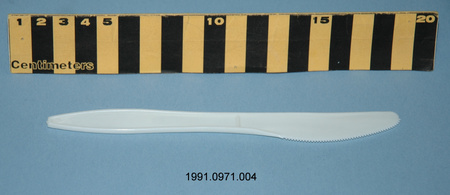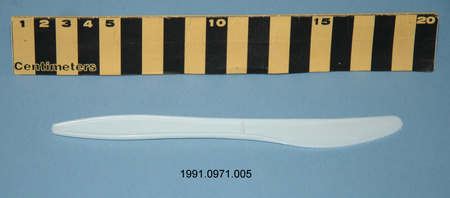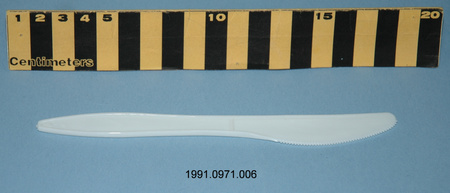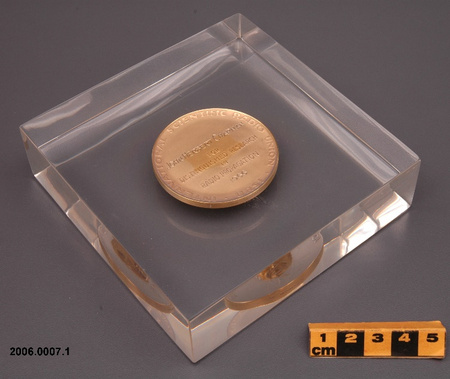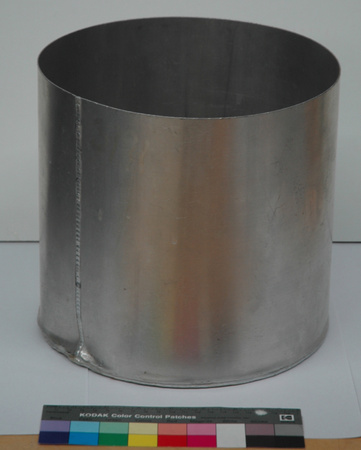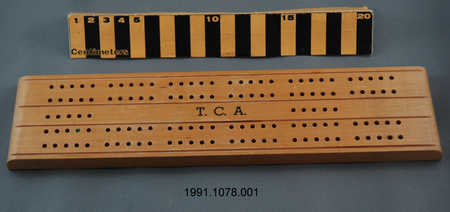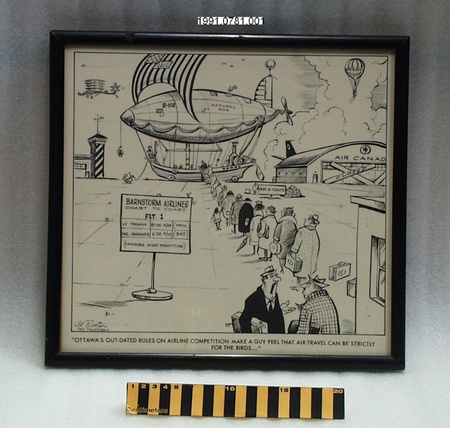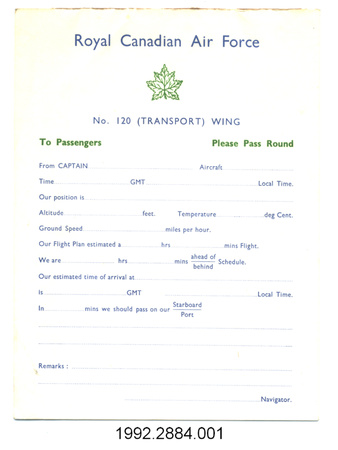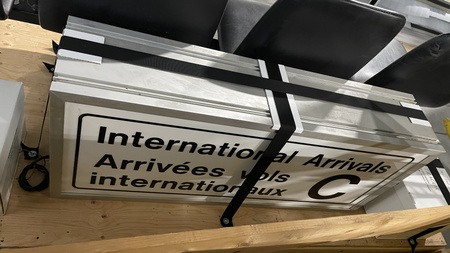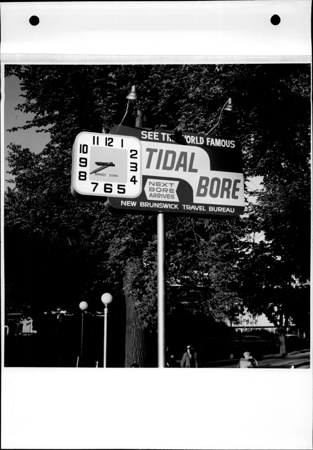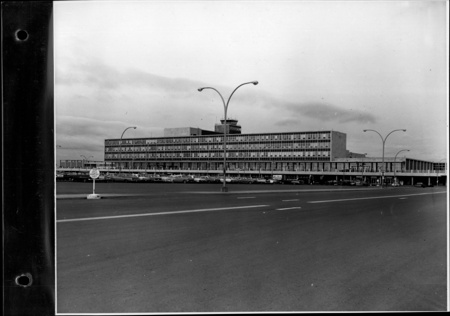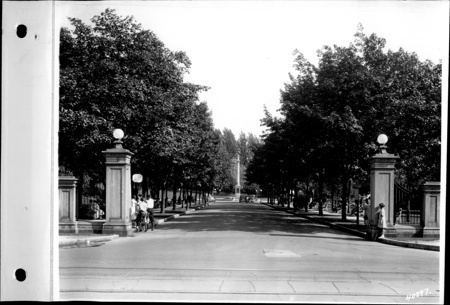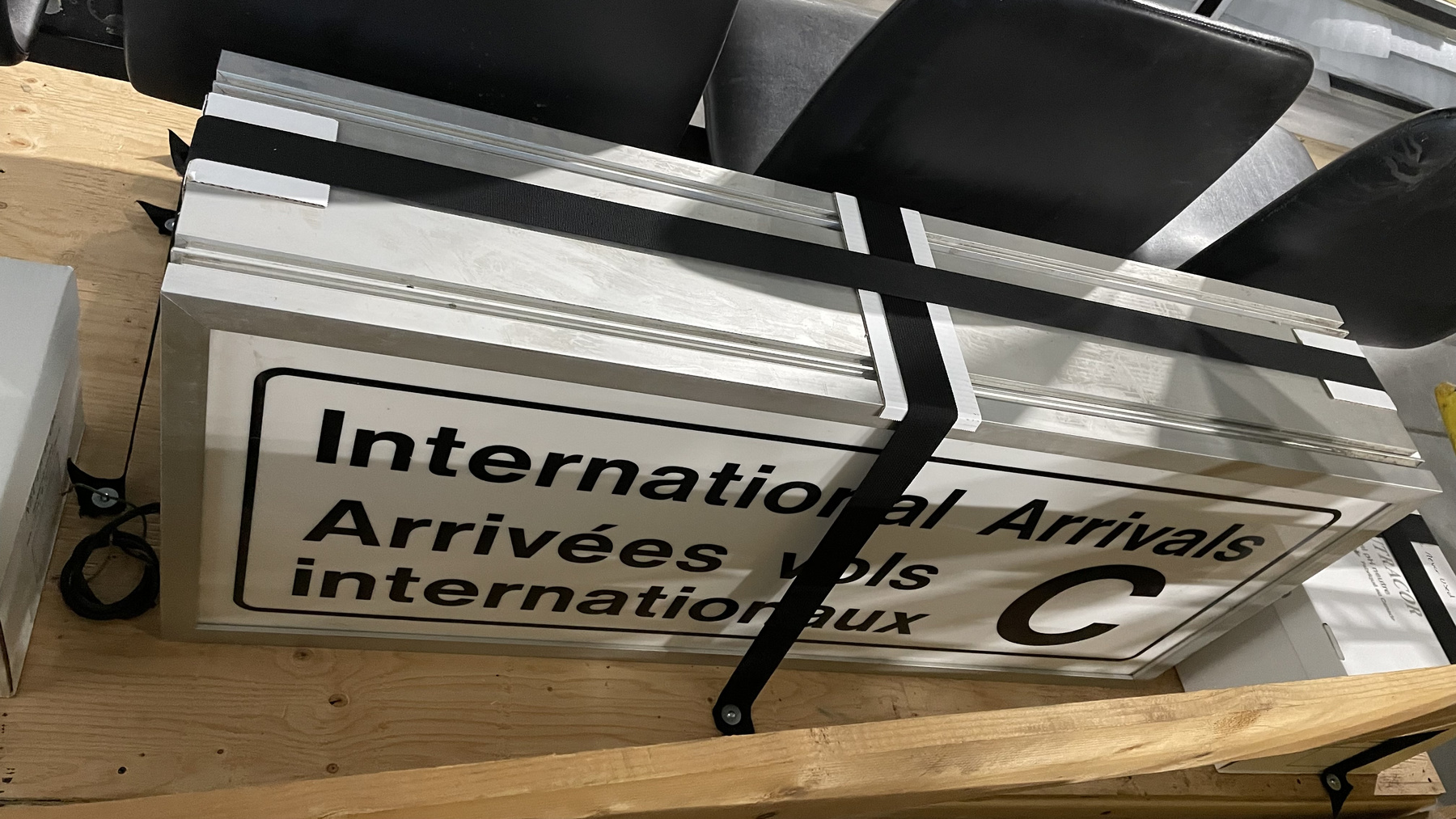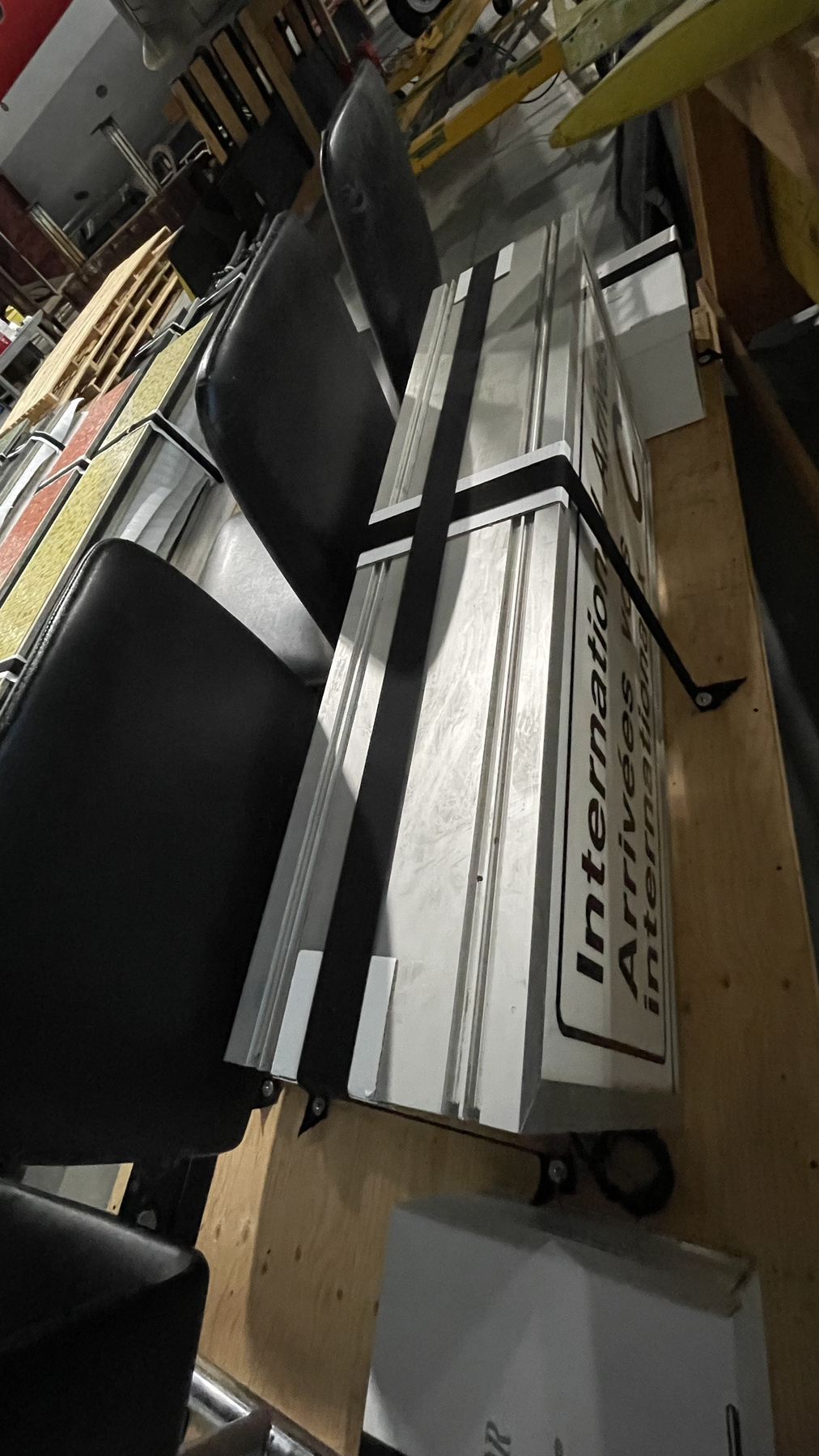Sign
Use this image
Can I reuse this image without permission? Yes
Object images on the Ingenium Collection’s portal have the following Creative Commons license:
Copyright Ingenium / CC BY-NC-ND (Attribution-NonCommercial 4.0 International (CC BY-NC 4.0)
ATTRIBUTE THIS IMAGE
Ingenium,
2011.0256.001
Permalink:
Ingenium is releasing this image under the Creative Commons licensing framework, and encourages downloading and reuse for non-commercial purposes. Please acknowledge Ingenium and cite the artifact number.
DOWNLOAD IMAGEPURCHASE THIS IMAGE
This image is free for non-commercial use.
For commercial use, please consult our Reproduction Fees and contact us to purchase the image.
- OBJECT TYPE
- N/A
- DATE
- 1994
- ARTIFACT NUMBER
- 2011.0256.001
- MANUFACTURER
- EIS
- MODEL
- International Arrivals C
- LOCATION
- Unknown
More Information
General Information
- Serial #
- N/A
- Part Number
- 1
- Total Parts
- 1
- AKA
- N/A
- Patents
- N/A
- General Description
- Aluminium and glass
Dimensions
Note: These reflect the general size for storage and are not necessarily representative of the object's true dimensions.
- Length
- N/A
- Width
- N/A
- Height
- N/A
- Thickness
- N/A
- Weight
- N/A
- Diameter
- N/A
- Volume
- N/A
Lexicon
- Group
- Industrial Technology
- Category
- Miscellaneous
- Sub-Category
- N/A
Manufacturer
- AKA
- EIS
- Country
- Unknown
- State/Province
- Unknown
- City
- Unknown
Context
- Country
- Canada
- State/Province
- Manitoba
- Period
- 1990s to 2011
- Canada
-
This sign is representative of the design of airports, which is frequently similar from airport to airport, but which has changed since the early 20th century. As increasing numbers of people traveled, airports developed to make the process of getting passengers and their baggage on and off of airplanes easier (and to keep them occupied while they waited). Spaces winthin airports served specic roles and related to the type of flight the passenger was taking and where he or she was in the process of travelling. For instance, flights within Canada and international flights often had their own areas. Airport space was also divided into departures (with checking in and boarding separate steps and spaces in departure) and arrivals. This sign is also representative of the ongoing nature of airport growth and evolution. It comes from the Winnipeg International Airport terminal, which opened in 1964 and had a major renovation and expansion in the 1980s, but also underwent minor changes thoughout most of its lifetime. According to a project manager at the airport, “Renovations in the old air terminal building began almost immediately from opening the doors in the 1960s and continued unitl 2009. Signs in particular, are added, removed or modified almost continuoustly.” This sign was added in the 1990s. - Function
-
A wayfinding aid intended to indicate the location of international arrivals, which was gate C. - Technical
-
Growth in passenger numbers and the resulting development and design of airports is the result of airplanes becoming safer, faster, and able to carry more people. Airport development can also be the result of changing security systems and the technologies used to process people and their luggage. - Area Notes
-
Unknown
Details
- Markings
- Print reads on both sides "International Arrivals/ Arrivée vols/ internationaux/ C". Mfr's plate is not accessible, however, curatorial worksheet indicates "EIS".
- Missing
- Appears complete
- Finish
- Aluminium frame with white glass and black print.
- Decoration
- none
CITE THIS OBJECT
If you choose to share our information about this collection object, please cite:
EIS, Sign, 1994, Artifact no. 2011.0256, Ingenium – Canada’s Museums of Science and Innovation, http://collection.ingenium.ca/en/id/2011.0256.001/
FEEDBACK
Submit a question or comment about this artifact.
More Like This
